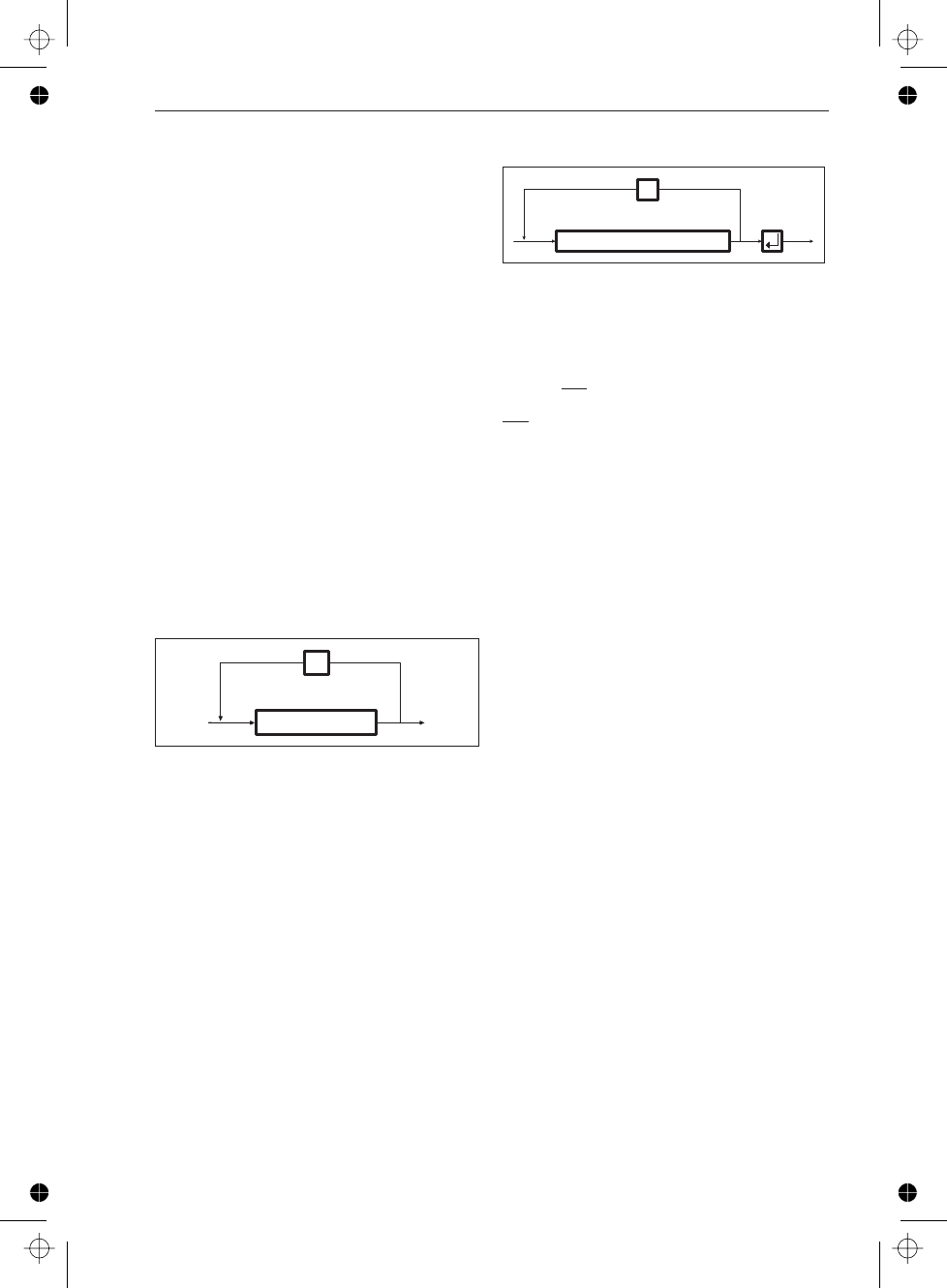
Notation Habit in Command Syntax
To clarify the difference between short
and longform, the shortform in a syntax
specification is shown in upper case let
-
ters and the remaining part of the
longform in lower case letters.
Notice however, that this does not specify
the use of upper and lower case charac
-
ters in the message that you actually sent.
Upper and lower case letters, as used in
syntax specifications, are only a notation
convention to ease the distinction be
-
tween long and shortform.
n
Syntax of Response Messages
The response of a SCPI instrument to a
query (response message unit) consists of
one or more parameters (data elements)
as the following syntax diagram shows.
There is no header returned.
If there are multiple queries in a program
message, the instrument groups the multi
-
ple response message units together in
one response message according to the
following syntax:
The response message terminator (rmt) is
always NL
^END, where:
NL
^END is <new line> code (equal to
<line feed> code = ASCII 10 decimal)
sent concurrently with the END message.
The END message is sent by asserting the
EOI line of the GPIB bus.
Responses:
A SCPI instrument always sends its re-
sponse data in shortform and in capitals.
Example:
You program an instrument with the fol-
lowing command:
SEND→
:ROSCillator:SOURce8EX-
Ternal
Then you send the following query to the
instrument:
SEND→
:ROSCillator:SOURce?
The instrument will return:
READ←
EXT
response in shortform and in capitals.
Introduction to SCPI
Program and Response Messages 3-9
<Param eter>
,
Figure 3-8 Syntax of a Response
Message Unit.
;
<Respons M essage Unit>
Fig 3-9 Syntax of a Terminated
Response Message.


















